How to Increase Your Landing Page Conversion Rates
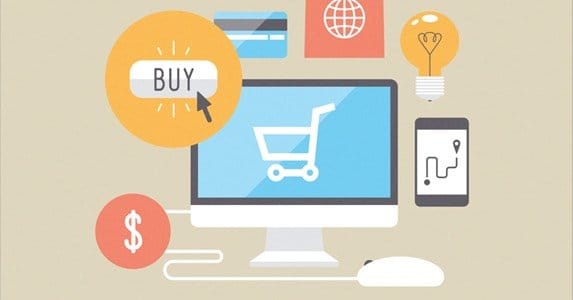
Your organic SEO drives people to more or less random pages on your site. All of your targeted ads, PPC ads, newsletter traffic and the like, however, ends up on a landing page. A bad landing page is like a clogged air filter; it stifles flow and chokes your funnel. Clear that filter by optimizing your landing page using these tips.
Maintain Consistency between Ads and Page Copy
When a user clicks on your ad, it has done its job. It has attracted them with a specific message and a specific image, if applicable. The user expects to see, if not the same information, at least something that ties into it immediately upon arrival. If they click a picture of a brown dog with a message about organic dog food, if your landing page is about robotic cat litter box cleaning, the disconnect drives them away.
Keep Information Consistent
This is all about credibility. If your ad says you’ve served over 300 businesses, but your landing page says you’ve served 250 businesses, the disparity is a loss in credibility. It’s a simple matter to keep statistics and specific information you share the same from location to location; do so.
Test Incremental Changes
Split testing is all about incremental improvements, but you should try to be incremental with any changes you make, even in major redesigns. The reason is because salesmen and clients in the process of signing up, and encountering an abrupt change in landing page, may be forced to re-evaluate their decision or their information. It causes confusion and loss of conversions.
Keep Your Focus Narrow
A landing page is a well-oiled machine built for one purpose and one purpose only. If you’re trying to do more than one thing, no matter what that second objective may be, you’re diluting the focus of your page. Every word on the page, every element of design, every part of the form you want users to fill out should be focused on your one primary objective.
Emphasize Urgency
This can be done in two ways. You can use time-sensitive language, implying that your deal is a limited time offer. You can also make the offer legitimately time-sensitive. It might be a temporary deal, or it might be a “first X users to sign up get a free ebook” sort of deal. The choice is yours.
Guide the User with Directional Cues
Your design should incorporate directional elements to help encourage users to look where you want them to look, in the order you want them to look. It can be as simple as an arrow, or as complex as a dynamic illustration pointing at different form elements.
Use Credibility Indicators
There are two good types of credibility indicators you can use on your page. The first are the logo badges of clients you work with. This is particularly useful if you contract with high-profile businesses. The second is deep, personal testimonials. A paragraph from a CEO of a company with a heartfelt story is great. You can use award badges if you want, but only if they’re legitimate; too many official-looking awards go to the top 90% of everyone who files for them.
Make Your Design Appealing
Something eye-catching, something vibrant, something elegant; it doesn’t matter the feel of the design, so long as that design is very appealing. You need to capture the user’s attention, get them to follow through with the action that brought them to your landing page. A design that matches the atmosphere of your company helps with this goal.
Minimize External Distractions
Your landing page is a special page, it’s not part of your site as a whole. You don’t need external navigation. When you cite a statistic, you don’t need to link to the study that supports it. When you provide a company logo as a client, you don’t need to link to that site. All of these are distractions. They’re routes a user can take to get off your landing page without performing the ideal action, which you don’t want.
Format for Ease of Skimming
This means many things, and wholly depends on how much copy you have on your landing page. Ideally, it means using graphical indicators for important points, a mixture of copy and bulleted lists, tables and graphics for stats, and other such robust displays of information. If your landing page stretches long, you have more time to format your content in innovative ways.
Pick Appropriate Colors
Colors should match the mood and feel of your brand. They should also remain in complimentary hues. The only exception is your CTA button, which should contrast with the rest of the colors on the page, and should be the only element of that color on the page.
Use Multiple CTAs on Long Pages
When you test your landing page, you may find that a longer page with more information performs better, but it has issues with content below the fold. This is okay! You can make your CTA form a sidebar that scrolls with the page, or you can include multiple instances of the button that leads to the form along the page. There should always be one way to convert visible at all times.
Make Your Language Personal
Sometimes, you can increase your conversion rate just by tweaking the language of your CTA button from “get your quote here” to “get my quote here” or something similar. Personal language helps land interested users.
Provide Contact Information
This is the one potential exception to the no distractions rule above; provide alternative contact information. Typically, this means an email in the footer and/or a phone number in the header. Avoid anything with a link or an easy digital means of communication, unless you’re sure you can land the sale every time when someone uses one.
 ContentPowered.com
ContentPowered.com

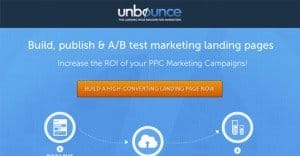
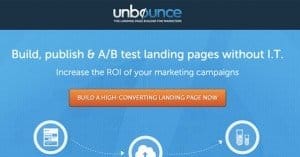
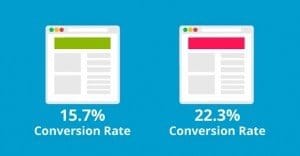
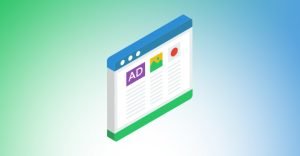
Thanks for taking the time to dig these up. Interesting to go through and see what makes them successful 🙂
Hi Elliot, you’re welcome! I hope your landing page is a success.